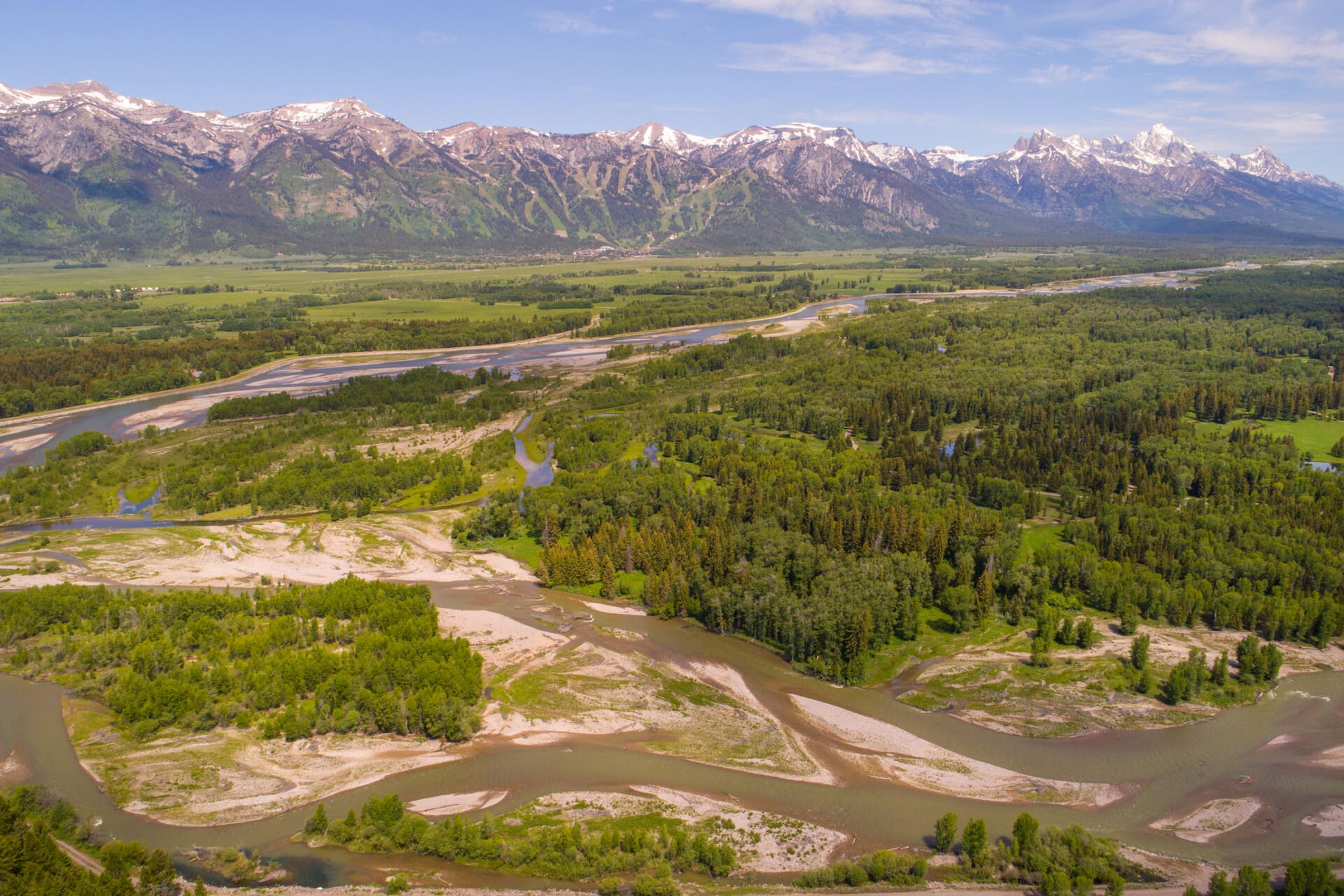What Does the Snake River Watershed mean to our community?
Wild and Scenic River Designation
Designation as a wild and scenic river is our nation’s strongest form of protection for free-flowing rivers and streams with remarkable scenic, recreational, geologic, fish and wildlife, or historic value. Many of the wild and scenic rivers, like Jackson Hole’s Snake River, offer an incredible spectrum of recreational opportunities that range from fly fishing to whitewater rafting to places where people can simply cool off and sit in quiet.
The Snake River’s scenic and recreational appeal is a tremendous economic driver for the Jackson Hole community.
Single Source Aquifer
These headwaters also supply our only source of drinking water. Below the surface and out of sight, the groundwater in the Snake River Alluvial Aquifer has been federally designated as a Sole Source Aquifer by the EPA for drinking water for all of Teton County. This makes the Snake River one of the single-most important factors for health and livability in Teton County, Wyoming.
Jackson’s Largest Gravel-Bed River Ecosystem
This means the Snake River doesn’t just flow down the visible river channel. It flows over and through the entire floodplain system, from valley wall to valley wall, and supports an extraordinary diversity of life.

